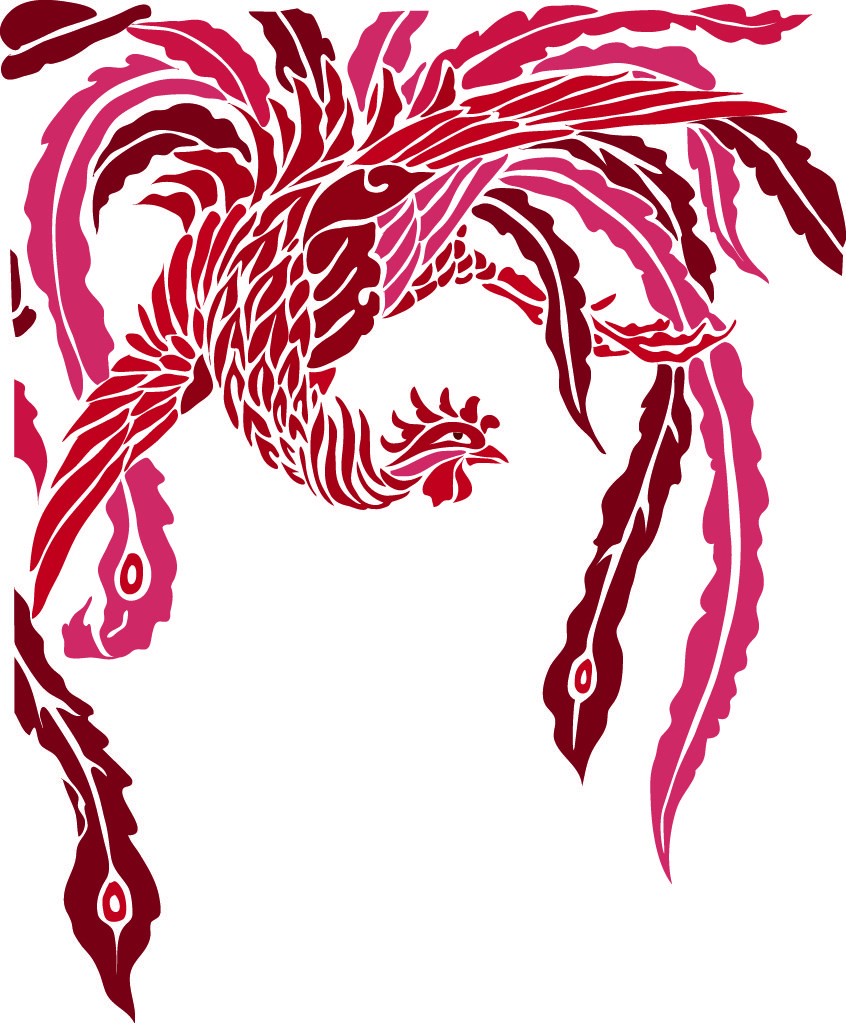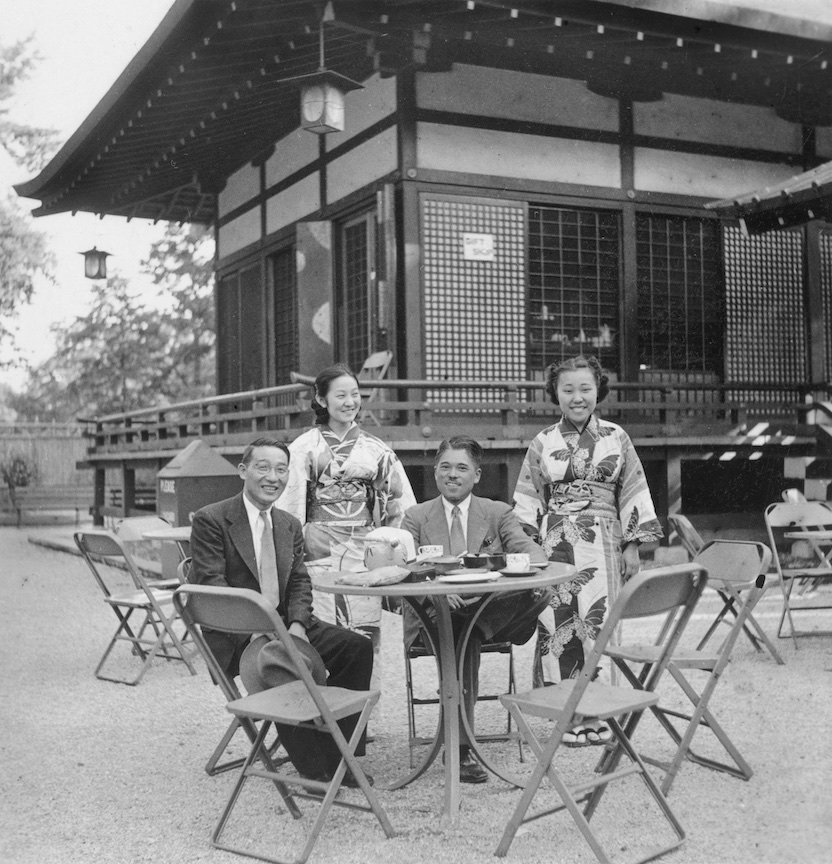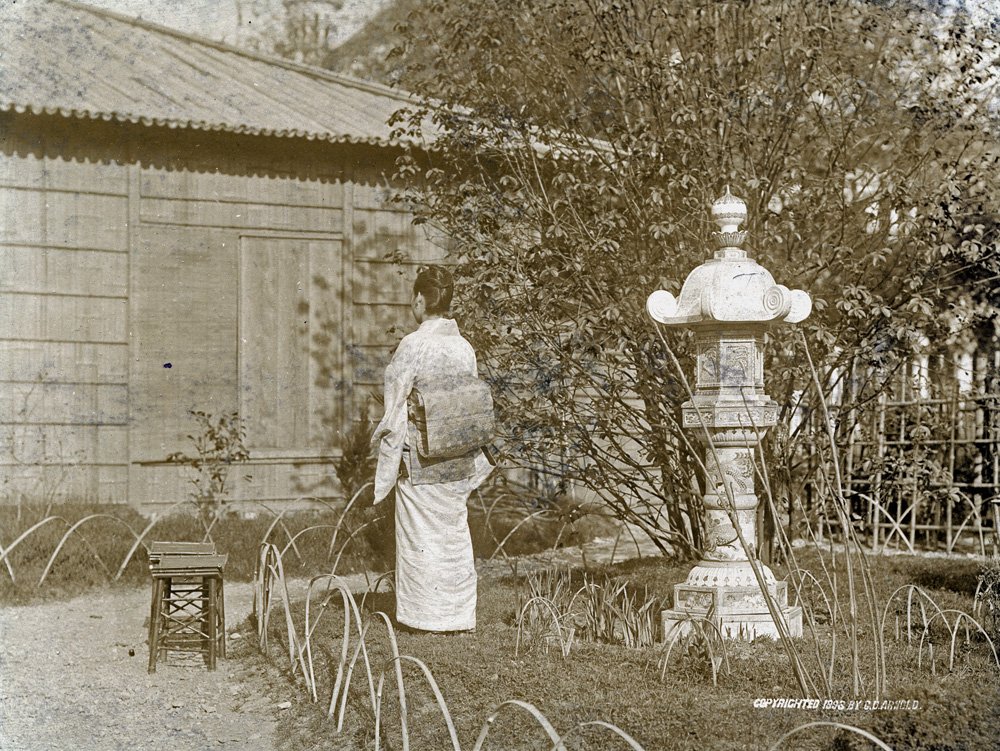Japanese Garden in Jackson Park
The history of the Japanese garden in Jackson Park goes back a long way. After the World’s Columbian Exposition of 1893, the Japanese government presented the Ho-o-den (Phoenix Pavilion) to the city of Chicago as a gesture of friendship.
The facility and the surrounding area were used for social gatherings, but they gradually deteriorated over the years due to a lack of upkeep. In the early 1930s the city invested $22,000 for renovation of the pavilion and enhancements to the site. Also new was a Japanese tea house, part of Japan’s presentation for the Century of Progress International Exposition of 1933–1934, that was relocated to Jackson Park at the expo's conclusion. This tea house (with tea-serving girls) was then managed by a Japanese man named Shōji Osato—until his "internment" during World War II. In 1946 the pavilion suffered two fires, and the site was abandoned for many years.
In the 1970s, as Chicago and Osaka developed a sister-city relationship, the garden was restored; it was christened the Osaka Japanese Garden in 1993. In 2012 the non-profit organization Project 120 initiated a new phase of revival for the garden and the surrounding area; the garden—now renamed the Garden of the Phoenix—is due for further renovation with funding from local donors and from the Japanese government.



